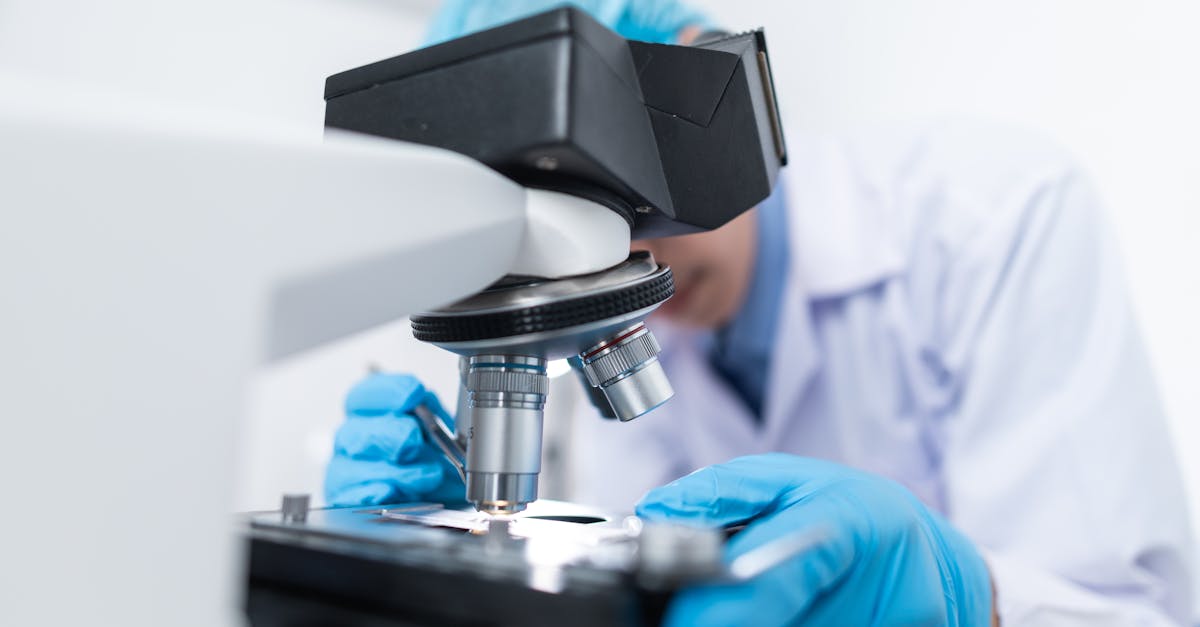Biotechnology company Neogen is standing out today, surging to $23.57 and marking a 4.8% change. In comparison the S&P 500 moved only 0.0%. NEOG is -9.33% below its average analyst target price of $26.0, which implies there is more upside for the stock.
As such, the average analyst rates it at buy. Over the last year, shares of Neogen have offered a similar return to the S&P 500, moving 6.0%.
Neogen Corporation, together with its subsidiaries, develops, manufactures, and markets various products for food and animal safety worldwide. The company is part of the healthcare sector. Healthcare companies work in incredibly complex markets, and their valuations can change in an instant based on a denied drug approval, a research and development breakthrough at a competitor, or a new government regulation. In the longer term, healthcare companies are affected by factors as varied as demographics and epidemiology. Investors who want to understand the healthcare market should be prepared for deep dives into a wide range of topics.
Neogen does not release its trailing 12 month P/E ratio since its earnings per share of $-0.02 are negative over the last year. But we can calculate it ourselves, which gives us a trailing P/E ratio for NEOG of -1178.8. Based on the company's positive earnings guidance of $0.22, the stock has a forward P/E ratio of 107.2.
As of the first quarter of 2023, the average Price to Earnings (P/E) ratio for US health care companies is 24.45, and the S&P 500 has an average of 15.97. The P/E ratio consists in the stock's share price divided by its earnings per share (EPS), representing how much investors are willing to spend for each dollar of the company's earnings. Earnings are the company's revenues minus the cost of goods sold, overhead, and taxes.
NEOG’s price to earnings ratio can be divided by its projected five-year growth rate, to give us the price to earnings, or PEG ratio. This allows us to put its earnings valuation in the context of its growth expectations which is useful because companies with low P/E ratios often have low growth, which means they actually do not present an attractive value.
When we perform the calculation for Neogen, we obtain a PEG ratio of 18.75, which indicates that the company is overvalued compared to its growth prospects. The weakness with PEG ratios is that they rely on expected growth estimates, which of course may not turn out as expected.
To gauge the health of Neogen's underlying business, let's look at gross profit margins, which are the company's revenue minus the cost of goods only. Analyzing gross profit margins gives us a good picture of the company's pure profit potential and pricing power in its market, unclouded by other factors. As such, it can provide insights into the company's competitive advantages -- or lack thereof.
NEOG's average gross profit margins over the last four years are 47.1%, which indicate it has a potential competitive advantage in its market. These margins have slightly increased over the last four years, with an average growth rate of 1.3%. Neogen's financial viability can also be assessed through a review of its free cash flow trends. Free cash flow refers to the company's operating cash flows minus its capital expenditures, which are expenses related to the maintenance of fixed assets such as land, infrastructure, and equipment. Over the last four years, the trends have been as follows:
| Date Reported | Cash Flow from Operations ($ k) | Capital expenditures ($ k) | Free Cashflow ($ k) | YoY Growth (%) |
|---|---|---|---|---|
| 2023-05-31 | n/a | n/a | n/a | -19.8 |
| 2022-05-31 | 68,038 | -24,429 | 43,609 | -12.05 |
| 2021-05-31 | 81,089 | -26,712 | 54,377 | n/a |
| 2020-05-31 | 85,878 | -24,052 | 61,826 | n/a |
- Average free cash flow: $53.27 Million
- Coefficient of variability (lower numbers indicating more stability): 17.2 %
Value investors often analyze stocks through the lens of its Price to Book (P/B) Ratio (market value divided by book value). The book value refers to the present value of the company if the company were to sell off all of its assets and pay all of its debts today - a number whose value may differ significantly depending on the accounting method.
Neogen has a P/B ratio of 1.63. This indicates that the market value of the company exceeds its book value by a factor of more than 1, but is still below the average P/B ratio of the Health Care sector, which stood at 4.16 as of the first quarter of 2023.
Neogen is by most measures overvalued because it has a negative P/E ratio, a lower P/B ratio than its sector average, and consistent free cash flow with a flat trend. The stock has poor growth indicators because it has a a negative PEG ratio and weak operating margins with a negative growth trend. We hope you enjoyed this overview of NEOG's fundamentals.


